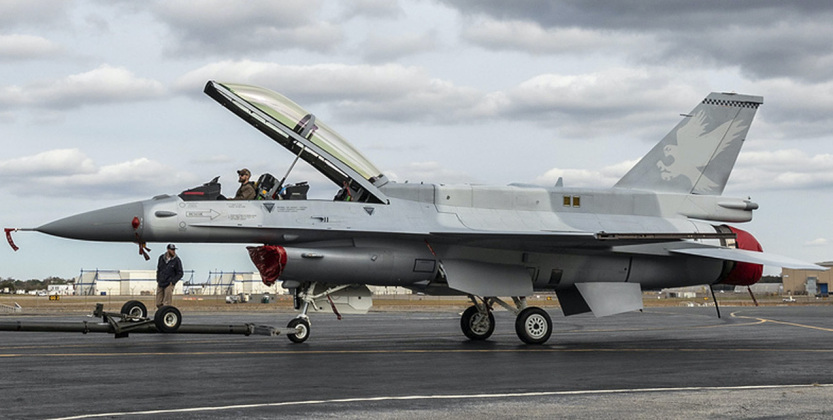The Royal Jordanian Air Force’s F-16 fighters were scrambled on April 14 to intercept Iranian drones en route to Israel, which had been launched on a strike mission under Operation True Promise in retaliation for an Israeli attack on an Iranian diplomatic building in Syria. The operation marks one of the most significant and direct military interventions by an Arab state in support of Israel in history, and highlights the close ties which Tel Aviv has formed with multiple Western-aligned Arab monarchies of which Jordan and Morocco have been the foremost. Amman has also played a key role since 2011 in supporting Western, Israeli and Turkish military efforts against its neighbour Syria, which had been a leading adversary of Israel and the United States since the early years of the Cold War. Jordan has received military aid from Israel in the past, including second hand military aircraft delivered in the 2010s, with the two militaries exercising together frequently. These ties have caused significant controversy within Jordan in the aftermath of the Israeli invasion of the Gaza Strip from November 2023, with the massive civilian casualties that resulted leading regional and Western sources to widely claim a genocide of the Gazan population was underway. A large portion of Jordan’s population are of Palestinian origin, which has further exacerbated the Jordanian state’s difficulties in maintaining its conspicuous alignment with Israel.

The Jordanian Air Force first acquired F-16 fighters in the late 1990s, and unlike those operated by neighbouring Egypt and Iraq these are equipped with relatively modern AIM-120 active radar guided air to air missiles. The country currently operates an estimated 47 fighters, the first 16 of which were ordered in 1995 and delivered from 1997-98. The Jordanian Defence Ministry was announced on January 19, 2023 to have placed an order for 12 F-16 built to the latest Block 70/72 standard under a $4.21 billion contract, making the fighters some of the most costly ever sold by the United States or any other country. At little over $350 million per airframe including associated weaponry and maintenance equipment, the aircraft cost close to three times as much as the same fighters ordered by Taiwan in 2019, which were purchased for under $125 million per airframe. They cost almost three times as much as the $120 million per airframe that Israel is paying for new F-35 fighters, raising significant speculation of major corruption behind the deal. The Iranian strikes ultimately served to highlight that in the event of an expanded regional conflict, Tehran and other Western Bloc adversaries will face not only Western, Israeli and Turkish forces, but also supporting forces from a number of Western-aligned Arab states.
